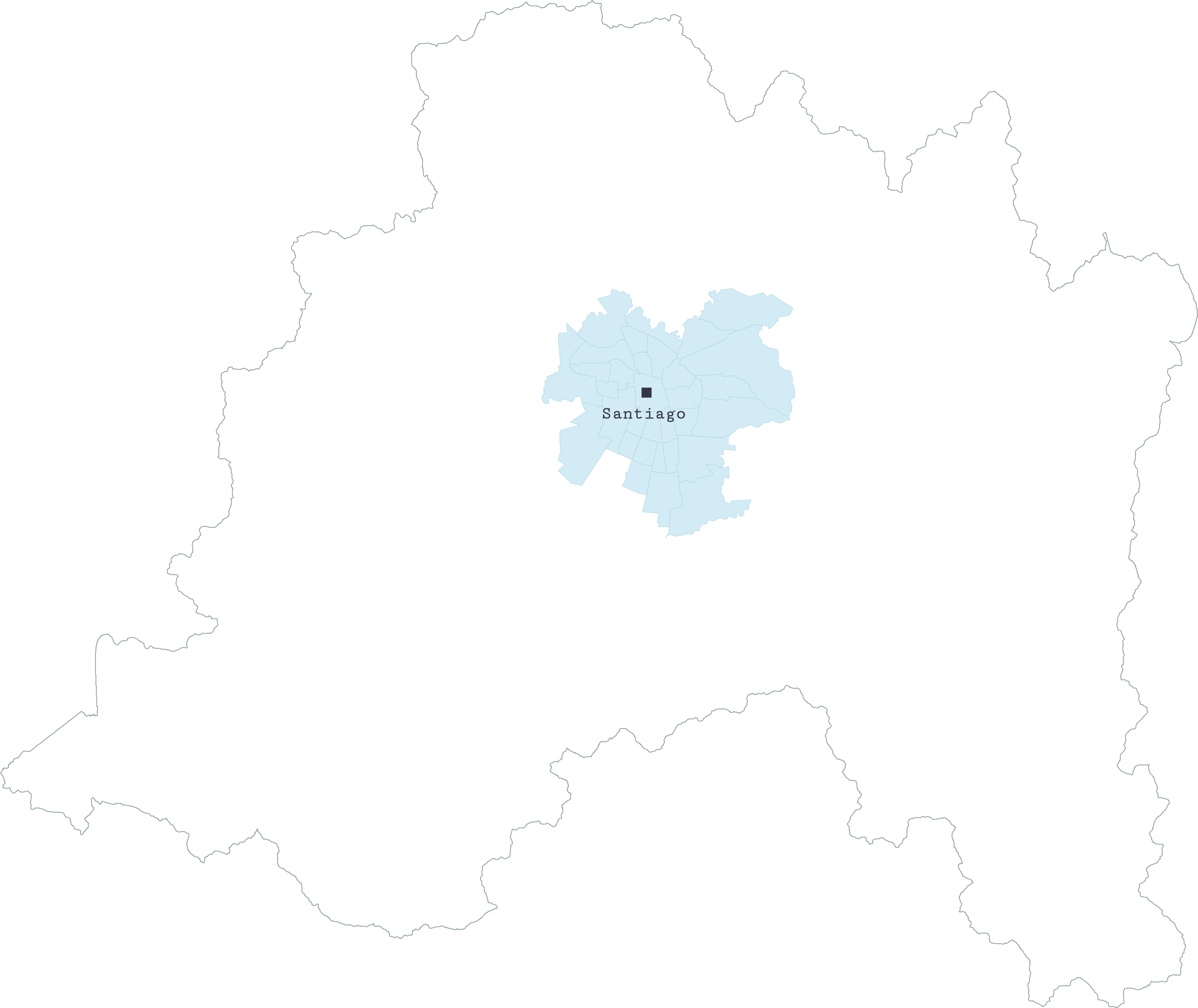The water crisis in Chile: The slow death of water
In a planet suffering increasing water scarcity, south-central Chile is passing through one of the worst droughts of the last thousand years. Despite this, the country has proved unable to deal with the challenges brought by climate change. With weak institutions, and legislation that does not prioritise human consumption, much of the shortage can be attributed to bad management. The situation is worrying: today we are among the 18 countries with the greatest hydric stress in the world.
If all the fresh water on earth were reduced to an imaginary planet, it would form a globe just 273 kilometres in diameter. It is indubitably a scarce resource: only 1% of all the earth's water is fit for human consumption.
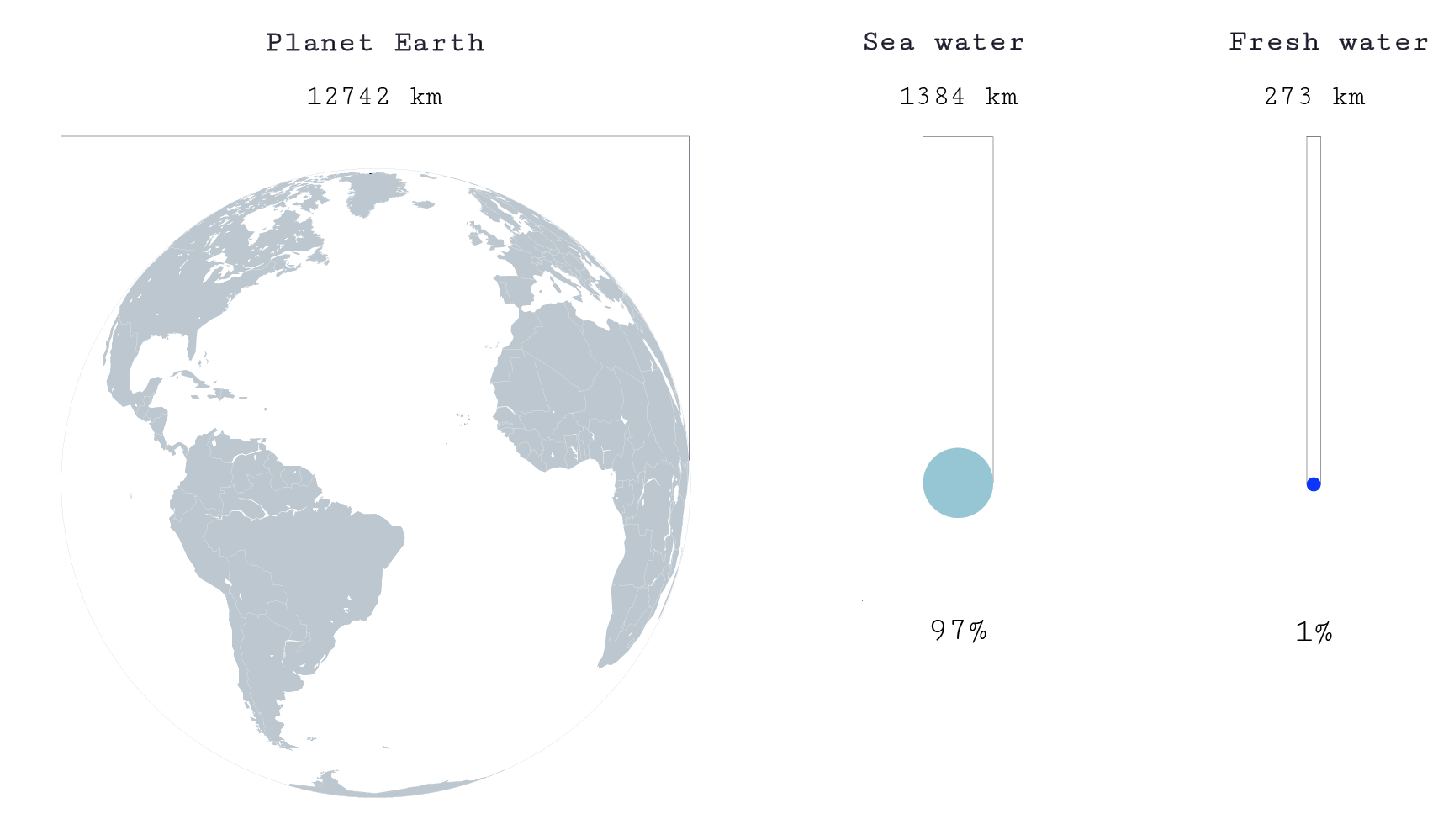
The lack of water is increasingly serious. It is due largely to climate change, with severe droughts on the increase in many parts of the world as precipitations diminish, and so consequently do water volumes in rivers and lakes. It has also had an impact on glaciers, which are losing volume or receding.
As the world's population continues to grow, the demand for water will grow also. It is estimated that in 2050 the world will need twice the quantity of water consumed in 2000 [1].
The severity of the problem varies around the planet, however nearly half the world's population — 3.6 billion people — live in areas that already suffer water shortages or may do so in future. According to the United Nations, this figure will continue to grow [2]. The outlook is alarming: it is calculated that by 2040 most of the world will not have enough water.
Hydric Stress to 2040
WRI, 2020 [3]
A dry future

Chile is one of the 18 countries suffering the severest water shortages in the world. If things continue as they are, by 2040 it is expected to be the country with the greatest hydric stress1 in Latin America[3]. The situation is complex, and in the case of Chile it cannot be explained by climate change alone. On the one hand, there is a lack of awareness that water is a limited resource; on the other, Chile has not managed its water efficiently. In fact, it has been calculated that 44% of the water crisis facing the country is due to institutional and management factors [4]. The problem can only be explained by taking a range of factors into account: the climate, how society views nature and the role of institutions.
Today, many of Chile's 101 hydrographic basins are at risk of hydric deficit2 . Hydric Scenes 2030 3 analysed the state of 25 of them to discover their hydric gap, i.e. the difference between the water supply and demand. It found a moderate to high gap in 20 of them, meaning that water use needs to be regulated[4].
Hydric gap in hydrographic basins
Hydric Scenes 2030, 2018 [4]
Although the basins with the greatest hydric gap are in the Arica and Parinacota, Atacama, Coquimbo, and Valparaiso Regions (north of Santiago), for the purposes of this article we will concentrate on the Maipo basin (Santiago), which is in the grip of a megadrought unprecedented in the last thousand years [5] y, and moreover is home to nearly 40% of the population of Chile.
The basin, fed principally by the Maipo, Mapocho and Puangue rivers, includes the whole Metropolitan Region and small parts of the neighbouring Valparaiso and O'Higgins Regions.
Metropolitan Region
The hydric gap in this basin is calculated at 17%[4]. However, this calculation is based on data which have not been updated to the last decade – clear evidence of the lack of timely, good-quality information about water – and therefore the gap may be greater. Estimations suggest that it could exceed 20%, putting it in the moderate category. This means that there is an urgent need to prioritise water use, improve its efficiency, and protect aquatic ecosystems. Today, the State does not have the tools necessary to apply these measures.
As the graphs show, rainfall has diminished in recent decades in the Metropolitan Region. Dry years, with mean annual rainfall across the region not exceeding 500 mm, are increasingly frequent.
Mean annual precipitation in the Metropolitan Region 1979-2018
There are 768 glaciers in the upper part of the Maipo Basin. Water is stored in them naturally at low temperatures, and flows down the rivers as it melts. These glaciers are strategic for the country, because they supply the surface water in the basin and the reserves they contain provide the country with a basic degree of water security4 . In recent years, however, their volume has diminished considerably [7]. The rest of the water is stored in artificial reservoirs. The principal of these is El Yeso, which is also threatened: in the last four years its water volume has fallen by 40%. .

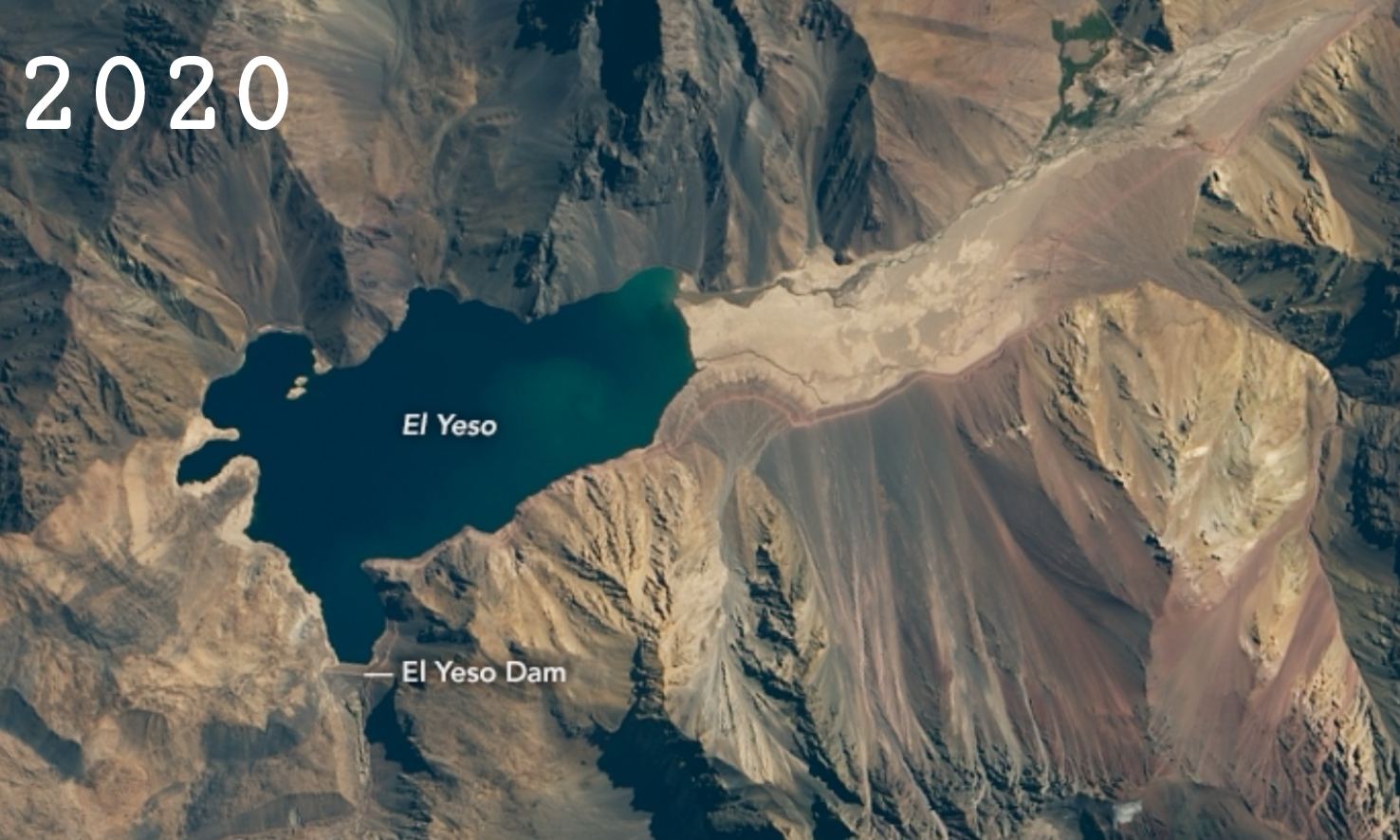
Photograph of El Yeso reservoir in March 2016, taken from space.
In March 2020, the volume of water had diminished by around 40%. NASA.
As the water flows down into the basin, it is used by different sectors. Agriculture demands the highest proportion of the water, 61.6% of the total.
Water use by sector in the Metropolitan Region
DGA, 2017 [8]
The situation is therefore critical. Water availability will decline continuously while the population of the Metropolitan Region will continue to increase: it is calculated to grow by more than 20% by 2050. Where will the water that these people need be supplied from? Precipitations have been diminishing year after year in the Metropolitan Region, as can be seen in the graphs below.
The threat of mining

Although the data show that the mining industry consumes “only” 1.1% of the available water, mining is destroying the largest source of fresh water on the planet: the glaciers. The presence of mines in the Andes — where the largest reserves of copper are deposited — damages glaciers in three ways: by removing them totally or partially; by contaminating them with waste and dumps of sterile rock (poor quality ore); and through the impact of the construction of roads and infrastructure[9]. Apart from reducing the supply of water, these practices may lead to landslips and natural phenomena with enormous consequences for local communities. .
The prime example is Codelco, the largest state company in Chile, which has been responsible for the greatest intervention in rocky glaciers in the world. It is calculated that 2.1 km2of ice were destroyed between 1990 and 2005 [10], causing the loss of between 15 and 25 million m3 of fresh water reserves in the Aconcagua Basin [11]. By way of comparison, drinking water consumption in the district of La Granja in the whole of 2018 was 23,326,228 m3. .
Comparison of water reserves lost with drinking water consumption in the district of La Granja.
Brenning, 2008 [10] y CEDEUS, 2018 [12]
At the same time, in the upper reaches of the Mapocho and Olivares basin (part of the Maipo basin) only 50 kilometres from the centre of Santiago, the Los Bronces mine owned by Anglo American has deposited 14 million tons of waste rock on the Infiernillo Glacier since the late 1980s. This has accelerated its rate of advance from the natural rate — between 0.3 and 1.9 m per year — to a peak of 25 m per year [10].
Large-scale mining is destroying the glaciers throughout the country, even though for most mining projects environmental impact studies have been presented and approved by the State. One of the most controversial cases, which received much attention in the press in 2005, was the Pascua Lama project in the Atacama Region (on the border with Argentina). It was reported that the project was damaging three glaciers: Toro 1, Toro 2 and Esperanza. In 2020, after 15 years of litigation, the courts ordered its permanent closure for various environmental non-compliances; nevertheless, this case showed clearly that Chile needs better instruments to preserve its glaciers. They are, after all, enormous strategic water reserves.
One of the most important initiatives has been the bill for a Glacier Protection Law. It is still being discussed in Congress, but pressure from the mining lobby has repeatedly prevented it from being passed. Of course, there is no easy solution – mining is “Chile's pay packet” – but with the delicate water scenario prevailing in the country, we must ask what price we are prepared to pay.
Unequal flows

In Chile, access to water is not equal for all. We have only to compare use in the cities with consumption in rural areas of the Maipo Basin: while some comunas (districts) consume water without restriction, others depend on a government order to receive limited quantities. This unequal access can be explained to a large degree by the lack of sanitary infrastructure in rural areas [13].
Within the country, Santiago has one of the highest mean levels of water consumption per capita: 195 litres of water per person per day [14]. The average is especially high in the eastern part of the city, due to the amount used to maintain gardens, large areas of grass and swimming pools.
The high consumption in urban sectors contrasts with another statistic: 42% of the population living in rural areas of the Metropolitan Region have no access to mains drinking water [13]. These people obtain water from informal sources, such as rivers, springs, creeks or wells. When these sources are not available, the comunas declared to be suffering a shortage are authorised to extract water without having to have registered water use rights (DAA) 5 They may also receive emergency funding to pay for drinking water delivered by supplier companies in tank trucks. Shortage decrees6 They may also receive emergency funding to pay for drinking water delivered by supplier companies in tank trucks. Shortage decrees[13]. This implies a huge cost for the State: in 2019 alone, the cost to the State of water trucks in the Metropolitan Region was 1,081 million pesoso [15]. The water situation is worrying; by October 2020, practically all the comunas in the Region had been declared to be suffering a shortage.
DGA, 2020 [16]
A leaky system

Today, the institutions responsible for water management are fragmented. There are more than 40 organizations in Chile that cover around one hundred functions related with water:
Actors for the gestion of hydric resources un Chile
World Bank, 2013 [17]
One of the organizations with the greatest responsibility for water management is the Dirección General de Aguas (DGA – General Water Directorate), under the Public Works Ministry (MOP). However, it is a small public service organisation with a low budget. In 2019, for example, it received 19.3 billion pesos (approx. 25 million dollars), only 0.7% of the MOP's budget [18]. This was less than the State spent nationwide on tank trucks to deliver water in the same year (22.1 billion pesos – approx. 28.6 million USD) [ [15].
Comparison of DGA's budget with spending on tank trucks in 2019
Fiscal Expenses Ebservatory, 2020 [18] y [15]
DGA is responsible for granting water use rights (DAA), allowing individuals or companies to extract and use the water from a specific source in perpetuity. Although the Civil Code of 1855 recognised water as a national asset for public use, the current Chilean Constitution, dating to 1980, recognised that holders of DAA had right of ownership over the water assets assigned. Thus in Chile there are no ownership rights over water, but there are over DAA. As a result, water is a public good until it is assigned – cost-free – to an individual or a company. From that moment it is governed by the principles of private ownership, and DAA become a market good with an economic value that can be freely bought, sold and leased. If the State decided to limit these rights, it would be obliged to pay compensation.
Today, one of the major problems with DAA is the asymmetry between the rights issued and those which really exist. By 2017, for example, the number of DAA granted (consumption rights and permanent rights) amounted to six times the total water captured in the country [4]. It has been calculated that the committed demand in 110 of the country’s biggest aquifers is larger than their natural recharge. In other words, extraction rights exceed replacement capacity. This is leading to ever-increasing water insecurity which will be a huge problem in future, especially in the north and centre of the country [19].
The future is now
How can Chile achieve the water security that it needs? The answer is that it must be able to safeguard sustainable access to water, thus maintaining the means for its livelihood, human well-being and socio-economic development, preserving ecosystems in a climate of peace and political stability. There is no doubt that this implies taking difficult decisions, with high economic, social and environmental impacts. The first step is to define clear guidelines for protecting and prioritising water; then its management must be improved and new institutions created, more robust and less fragmented. This diagnosis is not new: the same conclusion was reached by the National Hydric Resources Strategy (2012), the National Hydric Resources Policy (2015), and is currently being discussed in the National Water Forum (MOP) [20]. However, no major changes have yet occurred.
Principal water policies and strategies developed in Chile between 1999 and 2020
The problem is urgent, but due to bureaucracy and the political and economic interests involved, the solutions remain bogged down. One such is the reform of the 1981 Water Code, which has been stalled in parliament for eight years. Chilean legislation, which is based on an economically liberal view of water management and promotes the creation of water markets, minimises the role of the State. The objects of the proposed reform include prioritising human consumption over other uses, making DAA temporary and restricting them in situations of shortage (not retroactively).
After nearly a decade, the Senate Constitution Commission is studying the project. According to the most conservative reading, the reform is unconstitutional because it would affect the right of private property in general, as well as the right to use water in particular. However, the discussion needs to be pushed forward to reach new agreements. Solutions cannot continue to be delayed. To counter the effects of climate change and bad management, it is indispensable for Chile to develop instruments that will enable the country to organise, distribute and plan the use of its water in the long term. Water is a vital and scarce resource, so it is more urgent than ever to develop legislation that does not merely consider the economic dimension, but focuses on the social and environmental value of water.
In this context, the current process to draft a new Constitution opens a window of opportunity to put the cards on the table and work towards getting water recognised as a public, collective good, allowing the country to define a new culture. Reaching a consensus should enable us to unblock a series of reforms that in turn will help to address the water crisis on all fronts. But to seize this opportunity requires political will. We cannot go on producing diagnoses and forming work groups which propose solutions that are never put into effect. We cannot lose any more opportunities. The crisis is now and the solutions are already lagging behind events.
Notes
- 1. We talk of hydric stress when the demand for water is higher than the amount available during a certain period or when its use is restricted due to bad quality. For example, of two basins with similar availability one may suffer hydric stress while the other does not, depending on the human requirements in each (use).
- 2. Hydric risk is understood as the possibility of social, environmental and/or economic damage in a given territory or period of time, derived from the quantity and quality of water available for use. (Escenarios hídricos 2030). In this case we are talking of a risk of deficit determined by the quantity of water. For a more complete review see ARClim: Atlas of Climate Risks (vulnerability, exposure, threat) for the whole of Chile. This platform contains indicators associated with droughts.
- 3. Escenarios Hídricos 2030 is a NGO involving Fundación Chile, Fundación Futuro Latinoamericano and Fundación Avina. Since 2016 it has worked to generate information and proposals to ensure water sustainability for Chile.
- 4. Water security is defined as the capacity of a population to safeguard sustainable access to adequate quantities of acceptable quality water for sustaining livelihoods, human well-being, and socio-economic development, for ensuring protection against water-borne pollution and water-related disasters, and for preserving ecosystems in a climate of peace and political stability. UN-Water Annual Report, 2013.
- 5. Water scarcity is defined as a natural event in which a river or region contains less water than expected from historical mean rainfall.
- 6. Scarcity decrees are dictated to provide water users and the general population with certain instruments to minimise the damage caused by drought. They give the DGA power to establish criteria and restrictions which affect existing rights to extract water.
References
- [1] OECD, OECD Environmental Outlook to 2050. 2012.
- [2] UNESCO World Water Assessment Programme, Informe mundial de las Naciones Unidas sobre el desarrollo de los recursos hídricos 2018: soluciones basadas en la naturaleza para la gestión del agua. Paris, 2018.
- [3] Water Resources Institue, Aqueduct ,2020.
- [4] Escenarios Hídricos 2030-EH2030, “Radiografía del Agua: brecha y riesgo hídrico en Chile,” Santiago de Chile, 2018.
- [5] Centro de Ciencia del Clima y la Resiliencia (CR)2, “La megasequía 2010-2015: Una lección para el futuro” 2015.
- [6] Centro de Ciencia del Clima y la Resiliencia, Productos grillados
- [7] Dirección General de Aguas-DGA,“Variaciones recientes de glaciares en chile, según principales zonas glaciologicas”,2011.
- [8] Dirección General de Aguas-DGA, “Estimación de la demanda actual, proyecciones futuras y caracterización de la calidad de los recursos hídricos en chile,”2017.
- [9] A. Brenning and G. F. Azócar, “Minería y glaciares rocosos: impactos ambientales, antecedentes políticos y legales, y perspectivas futuras,” Rev. Geogr. Norte Gd., no. 47, Dec. 2010.
- [10] A. Brenning, “The impact of mining on rock glaciers and glaciers,” Darkening peaks glacier retreat, Sci. Soc., vol. 196, 2008.
- [11] Chile Sustentable, “Glaciares de chile: el lobby minero y el tortuoso camino para protegerlos,” 2020.
- [12] “Centro de desarrollo urbano sustentable (CEDEUS) con datos de Superintendencia de Servicios Sanitarios (SISS).” 2018.
- [13] Fundación Amulen, “Pobres de agua: Radiografía del agua rural de Chile, Visualización de un problema oculto,” 2020.
- [14] “Sistema de Indicadores y Estándares del Desarrollo Urbano (SIEDU), Matriz de Brechas”,2020.
- [15] “Extraído de la base de datos del DatawareHouse de Chilecompra, proporcionado por el Observatorio del Gasto Fiscal.” 2020.
- [16] Dirección General de Aguas-DGA,“Decretos declaración zona de escasez vigentes”,2020.
- [17] Banco Mundial, “Estudio para el mejoramiento del marco institucional para la gestión del agua,” 2013.
- [18] Observatorio del Gasto Fiscal con datos la Dirección de presupuesto (DIPRES), “En que gasta el Estado por Ministerio” ,2020.
- [19] Ministerio del Interior- Gobierno de Chile, “Política Nacional para los Recursos Hídricos 2015,” 2015.
- [20] Mesa Nacional del Agua Gobierno de Chile, "Mesa Nacional del Agua – Primer Informe," 2020.
Methodology
- The information was collected for this article in two stages. The first was based on a workshop with experts in water-related subjects, the purpose of which was to agree a narrative about the water problem and possible solutions for Chile. The results gave rise to investigation of a variety of sources, as well as public data. The source references are given every time data are mentioned (text, map or graphic).
Credits
- Investigation, texts, map visualisations and design: Manuela Garretón
- Text revision: Rafaela Lahore
- Illustrations: Lena Zagora
- Programming: Vicente Iglesias
- Cooperators:
- Camila Álvarez Garretón. Civil Engineer, Master in Resources and the Hydric Environment, University of Chile. Doctor in Engineering, University of Melbourne. Associate Researcher at Centro de Ciencia del Clima y la Resiliencia (CR)2.
- Kay Bergamini. Geographer, Pontifical Catholic University (Santiago); Doctor in Environmental Management, Landscape and Geography, University of Barcelona. Assistant teacher in the Urban and Territorial Studies Institute, Pontifical Catholic University.
- Daniela Duhart. Lawyer and Director of Fundación Newenko.
- Andrés Gutiérrez. Lawyer and Master in Environmental Law, University “del Desarrollo”. Director of Hydric Governance in Fundación Newenko.
- Paloma Infante. Lawyer, University of Chile and Master in Environmental Law, New York University. Director of Regulation and the Environment at Morales & Besa.
- Support for design of visualisations: Magdalena Labarca.
- Support for research: Alexandra Esnouf.
- Support for programming: Ignacia Baeza.
- Consultancy in preparation of maps: Ricardo Truffello.
- Special thanks to Marian Dörk and Francesca Morini, UCLAB and Denis Parra, Computer Sciences Department, Engineering Faculty, University of Chile.
- This article was written as part of Manuela Garretón's doctoral research project on narrative visualisations in digital media, Computer Sciences Department, Engineering Faculty, University of Chile. It was funded by ANID through a National Doctorate Grant.
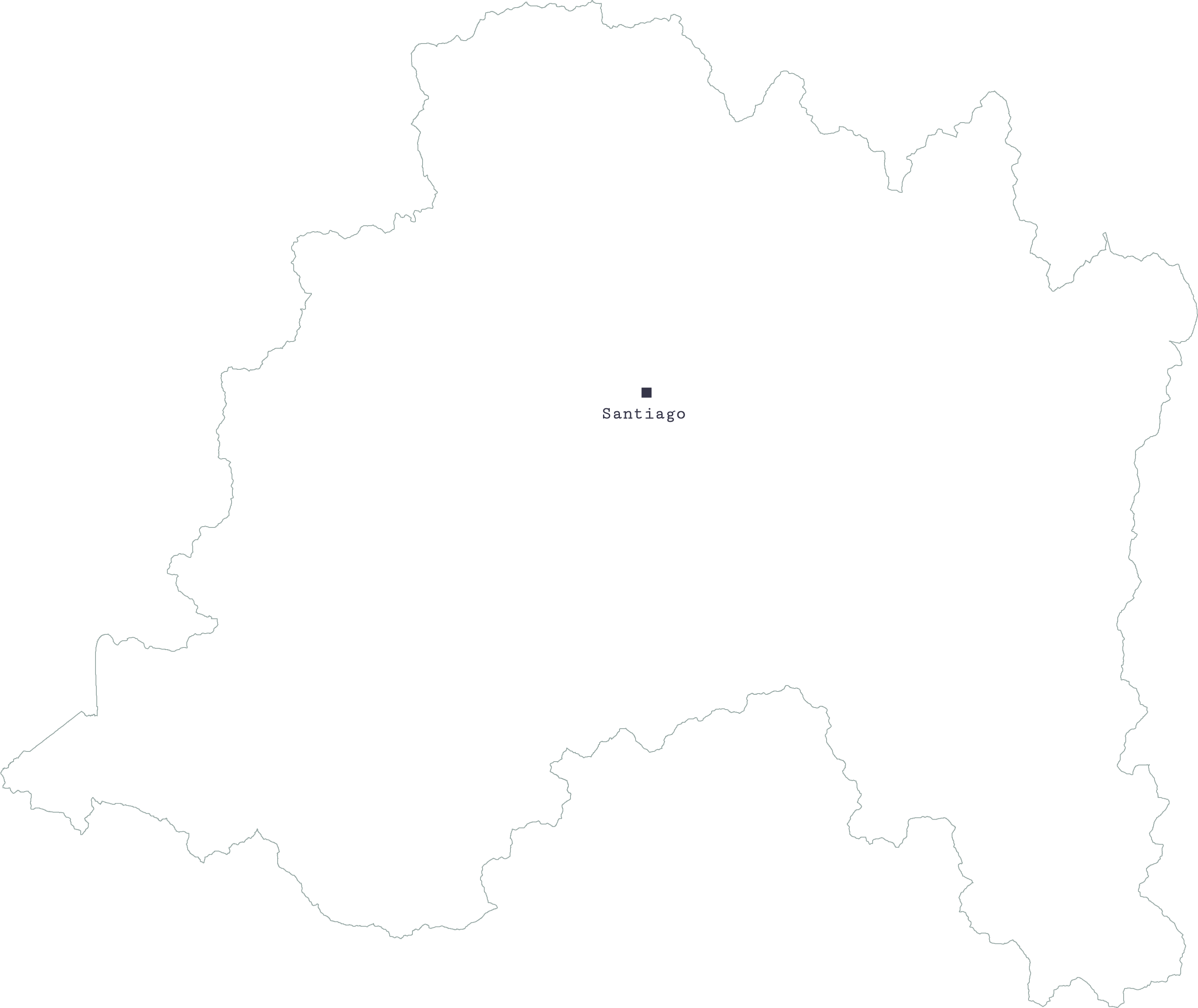
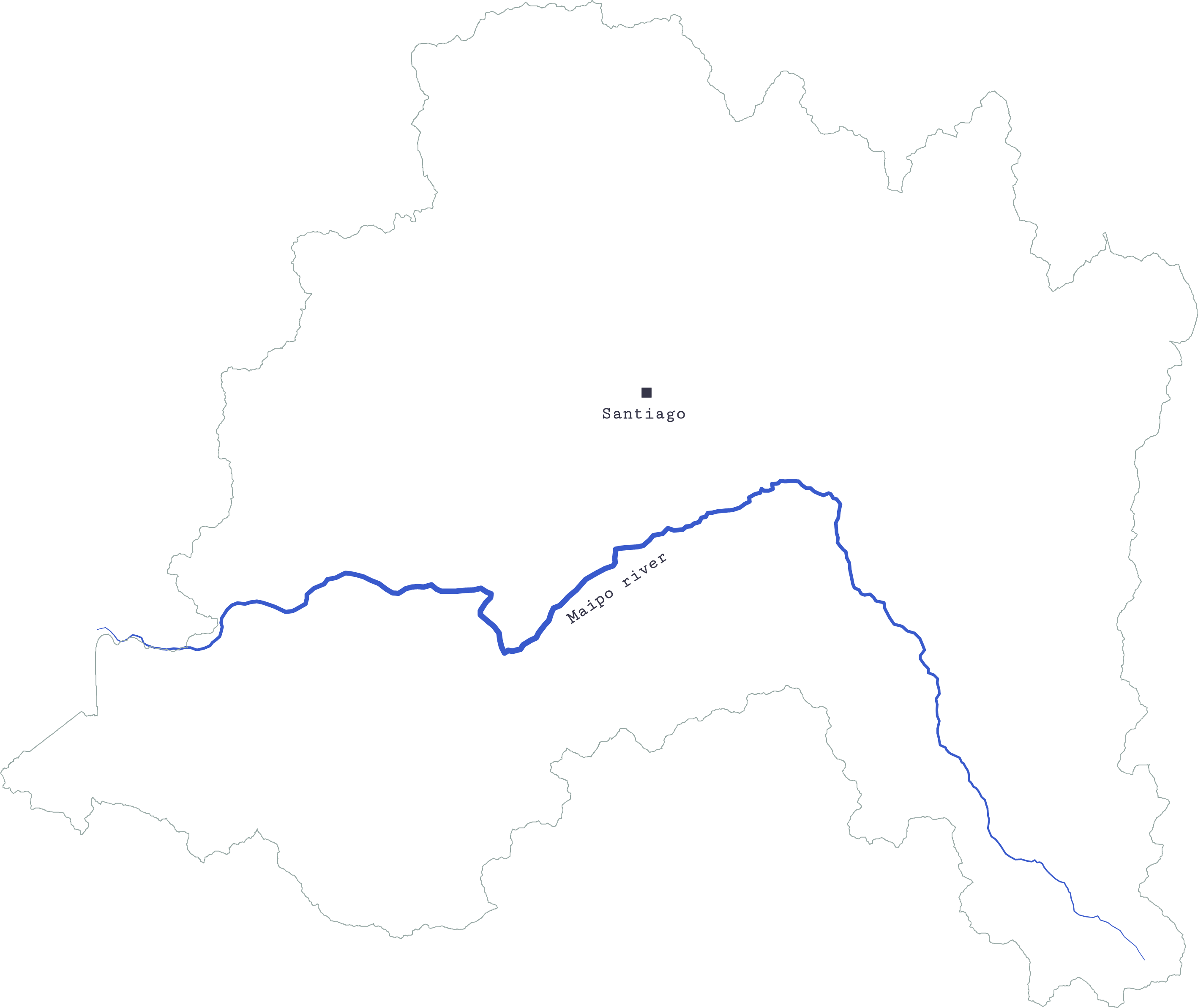
_eng.png)
_eng.png)
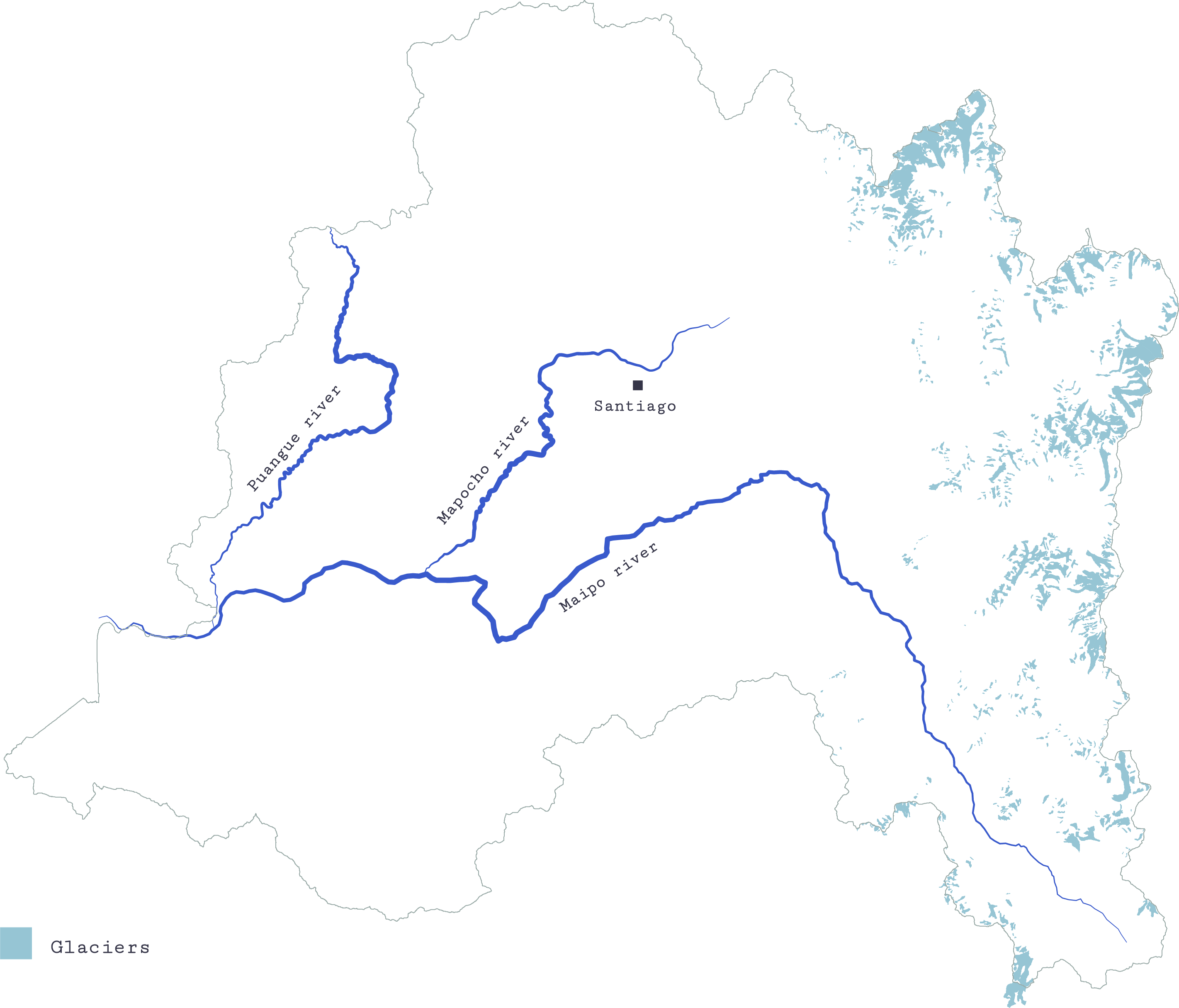


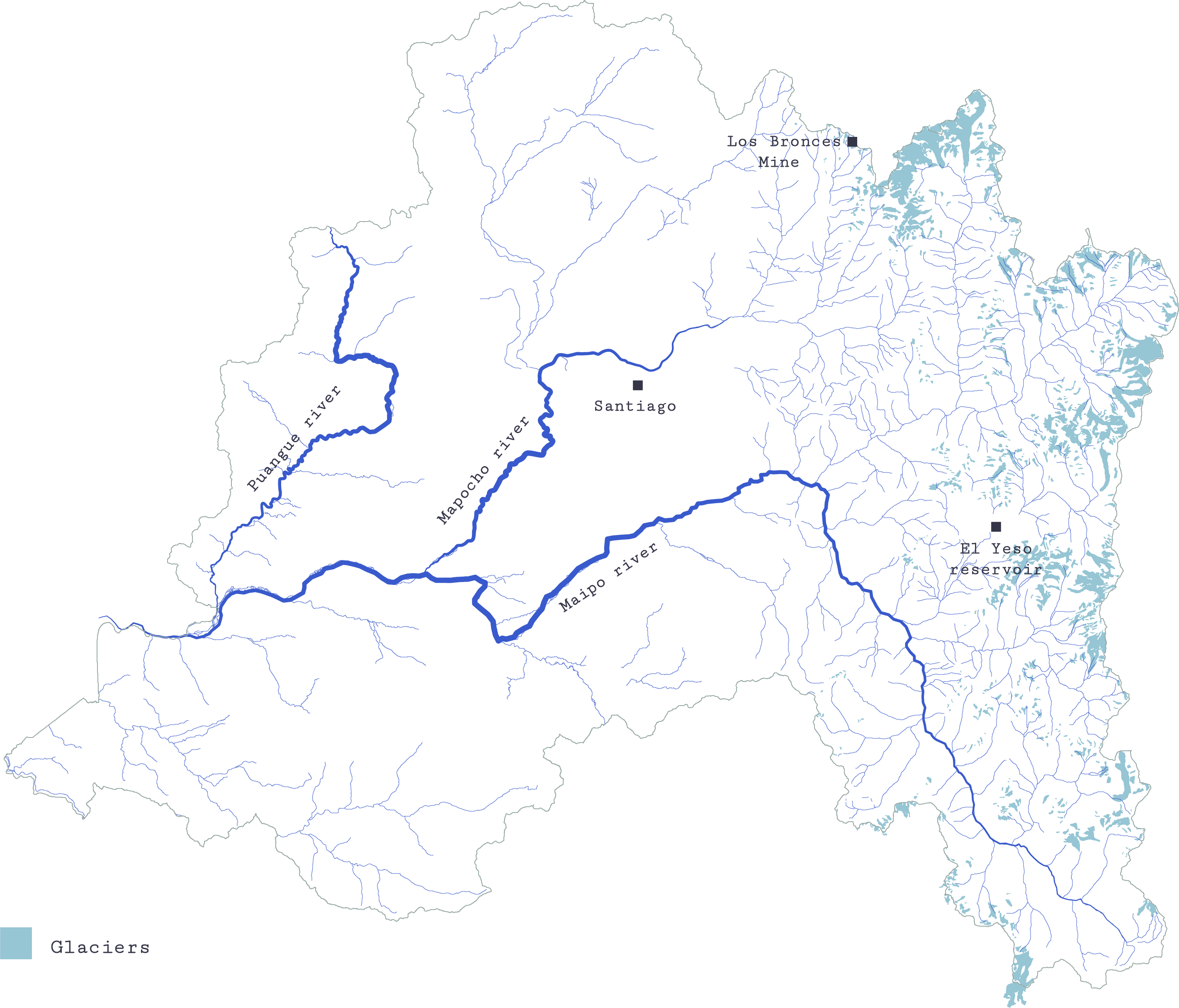
_eng.png)

